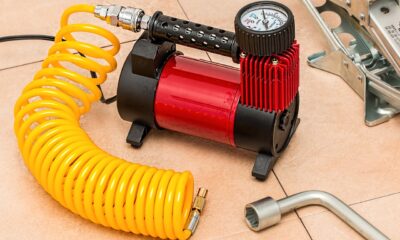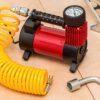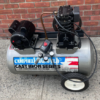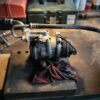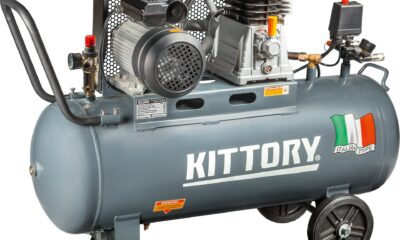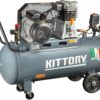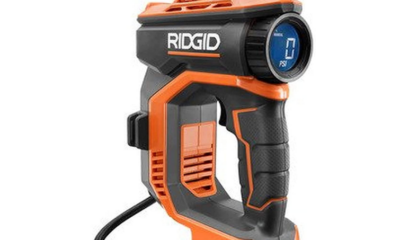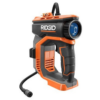Over time, your air compressor’s hose may wear out or get damaged, necessitating replacement. This could be due to the need for a longer or shorter hose for specific tasks. While your owner’s manual can provide valuable insights on this process, here’s a detailed step-by-step guide to help you replace the air compressor hose fitting with ease.
Steps of Replacing Air Compressor Hose Fitting
Step 1 – Gather Preliminary Information and Shop
First things first, note down your air compressor’s brand name and model number. This will help you find hoses designed specifically for your air compressor. Remember, the length of the hose matters. While a longer hose provides mobility, too long a hose could result in pressure loss, making the compressor less efficient. Also, consider buying quick connect couplers for ease of attachment and removal.
Step 2 – Get Ready and Remove the Hose
Before attaching the new hose, switch off all power to the air compressor. If any hoses are still connected, empty the compressor of all air and release all pressure in the hose. Unfasten the fittings and remove the hose from the compressor.
Step 3 – Attach New Hose
With the old hose removed, it’s time to attach the new one. Reuse your old fittings, if in good condition, to attach the new hose to the air compressor. If you have purchased quick-connect couplers or a hose adapter, attach them at this stage.
Step 4 – Store
Proper storage of the hose is crucial for its longevity. Keep it clear of foot traffic and vehicle wheels. After using your air compressor, remove the hose, wind it, and store it safely. Also, ensure that the electrical supply has been cut off and all pressure has been released from the hose.
How to Choose the Right Compressed Air Hose for Your Application
Selecting the right air hose is critical to maintain stable air pressure for your pneumatic tools. Factors to consider include hose length, hose size, and maximum working pressure.
- Hose length: Consider the total distance between the compressor system and the air tool. Avoid a hose longer than necessary to minimize the risk of pressure drop.
- Hose size: Refers to the hose I.D., or the Internal Diameter. This determines the capacity of air the hose can carry.
- Maximum working pressure: This depends on the maximum pressure relevant to your air supply. Ensure the hose’s maximum working pressure is equal or greater.
Air Compressor Hose Fittings Types
The most common fittings for air hose assemblies and air compressors are the national pipe thread or quick disconnect connection. Quick disconnects usually include a plug (male end) and a coupler (female end). The industry commonly uses color-coded systems to identify the type of fitting:
- Industrial: Red
- ARO: Green
- Automotive: Blue
- V-style: Purple
Safety Precautions
Safety should always be a priority when dealing with power tools. Ensure to check your systems before and after use, check connections, and look for cuts or holes in hoses before operation. Keep your workspace clean, avoiding loose hoses lying around after use.
Takeaway
Replacing an air compressor hose fitting doesn’t have to be a daunting task. By following the outlined steps and maintaining regular checks and maintenance, you can ensure your air compressor hose and its fittings remain in excellent working condition, enhancing the lifespan of your equipment and improving safety.
Frequently Asked Questions
1. Can you connect two air hoses together?
Yes, using couplings, you can connect multiple air hoses. But as a general rule, a single, longer hose is preferred over multiple connected hoses to avoid potential pressure drop.
2. How do you stop a hose from leaking?
Proper storage and washer maintenance are key to prevent hose leaks. Also, consider cutting off the damaged end and attaching a new replacement coupler using a hose repair kit.
3. Can you tape a leaking hose?
Yes, small leaks can be temporarily fixed with electrical tape, duct tape, or specially designed hose repair tape. However, for a more permanent solution, consider cutting away the damaged section and replacing it with a mender or coupling.













